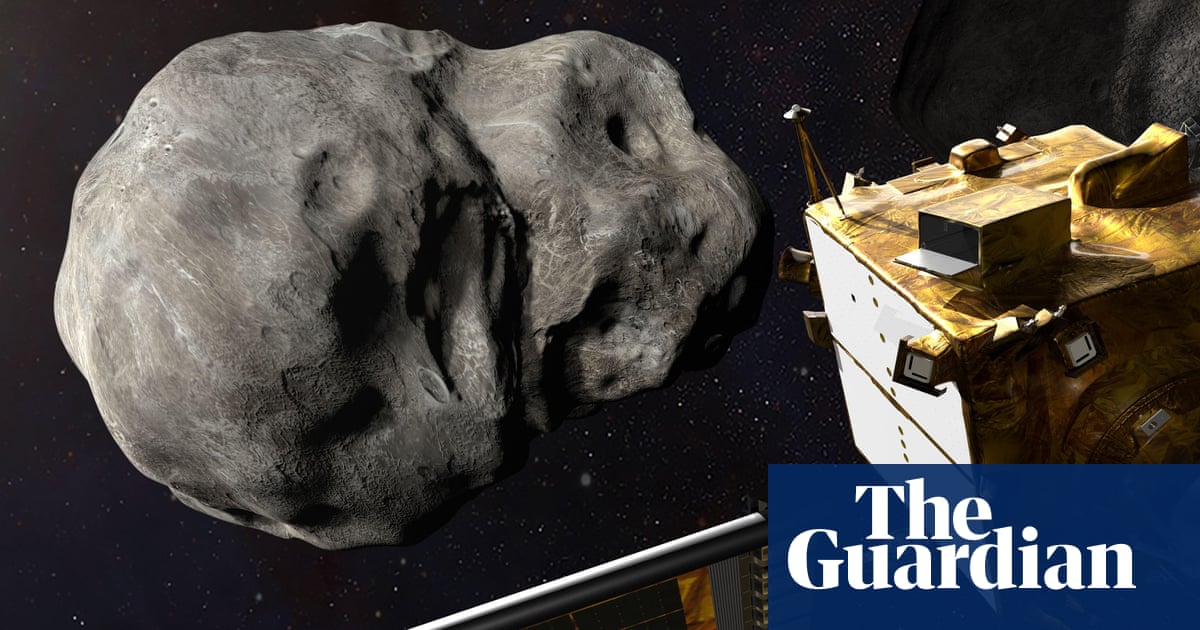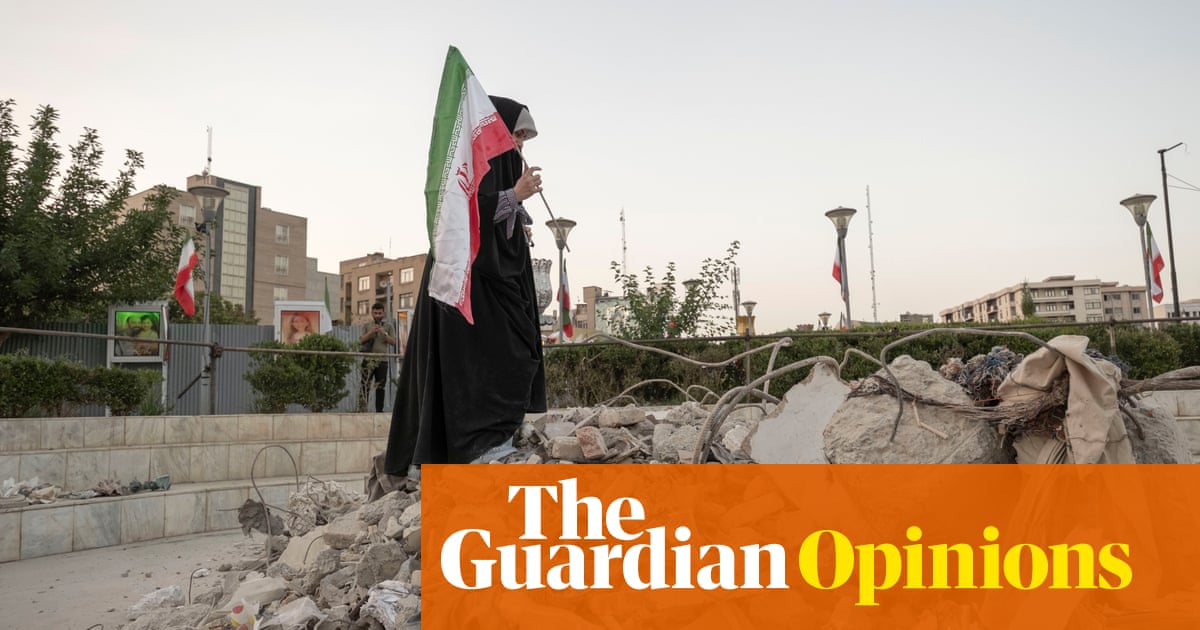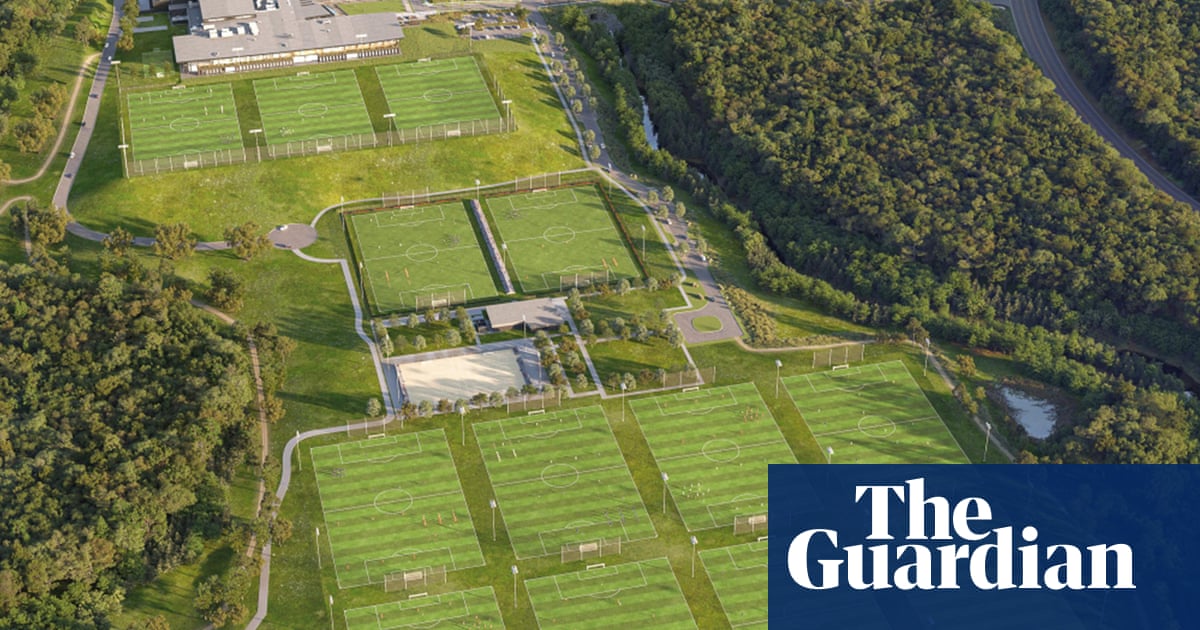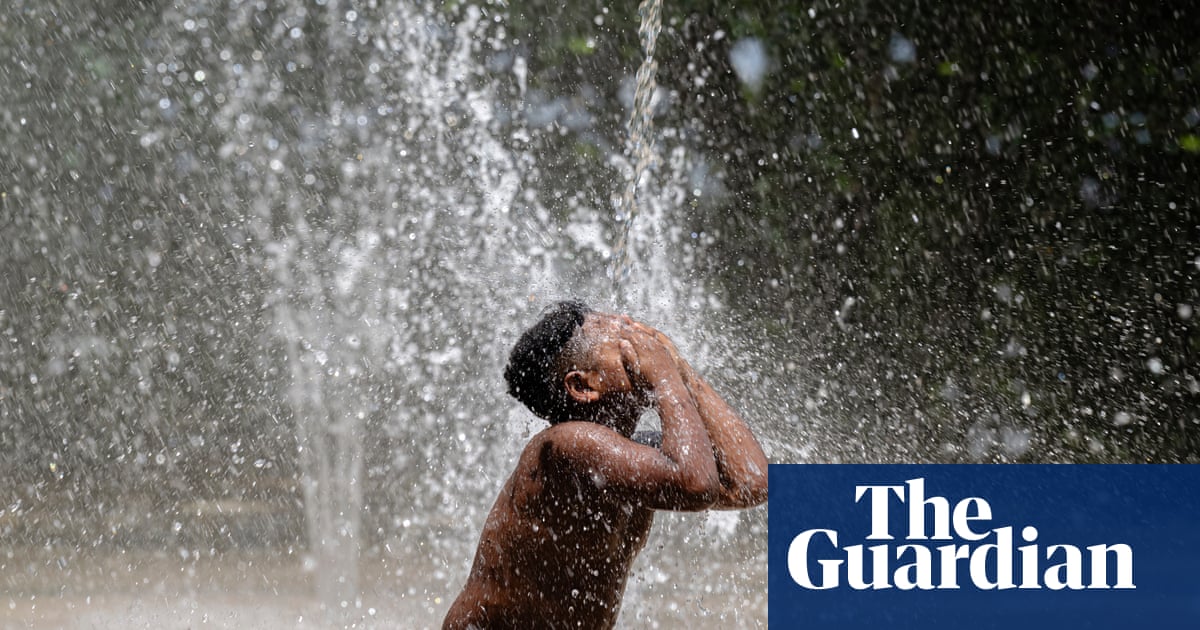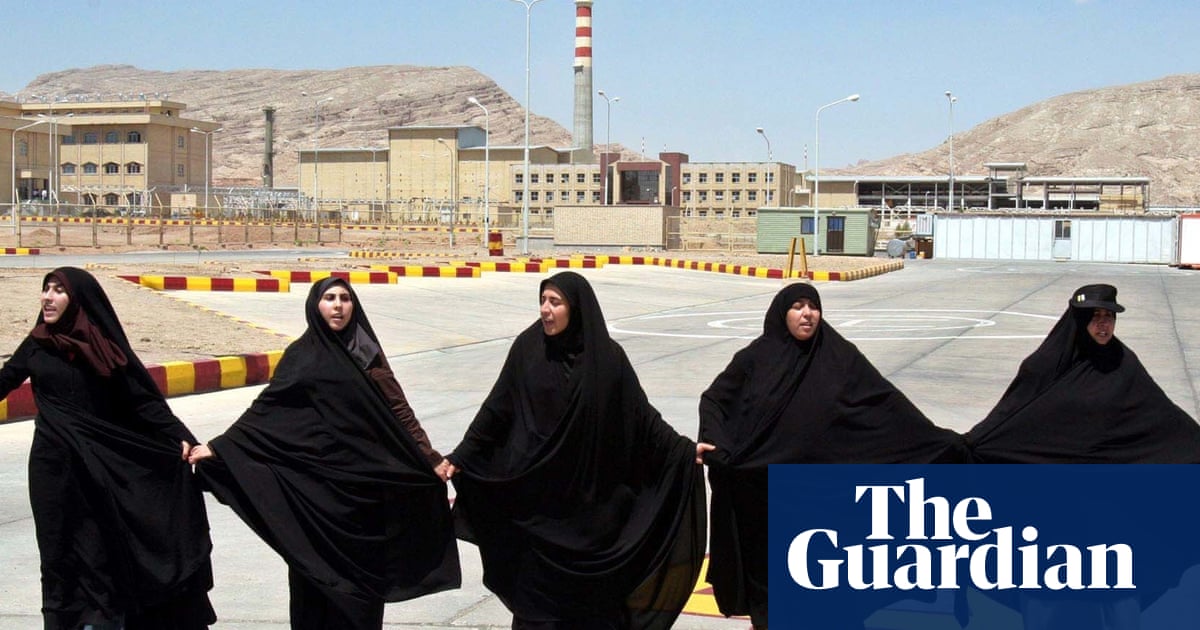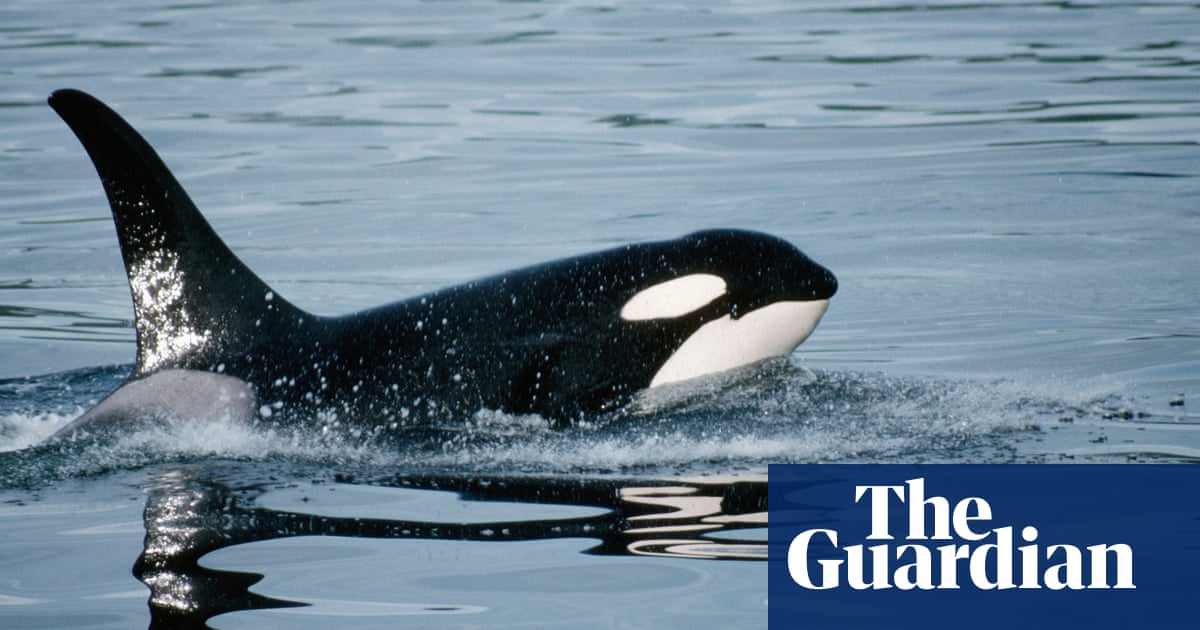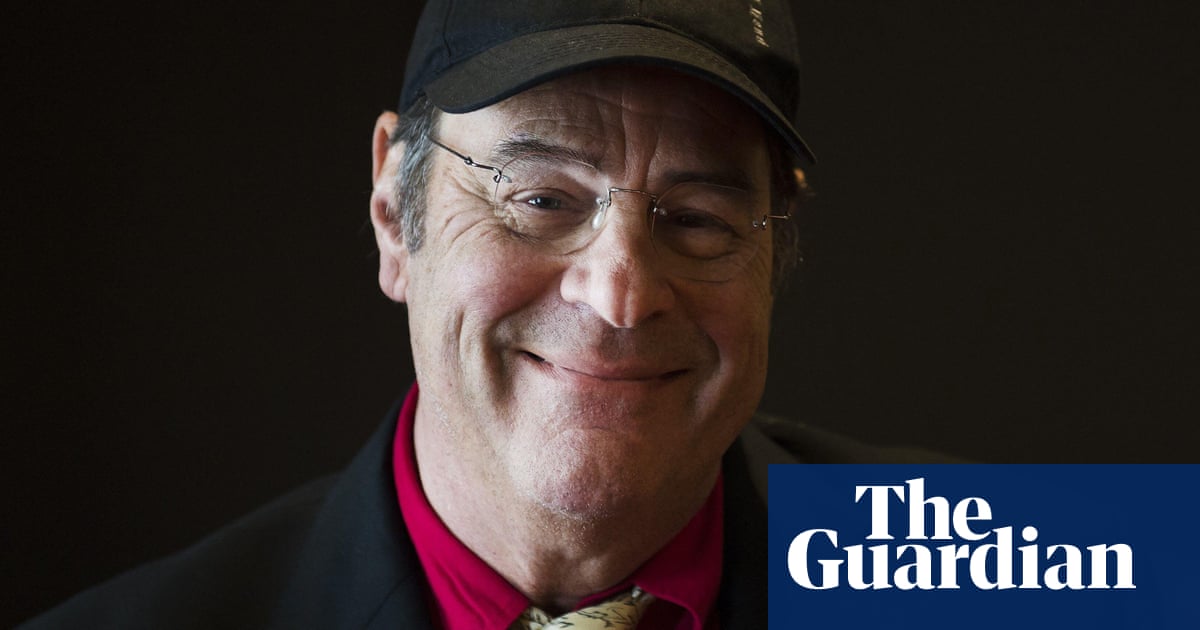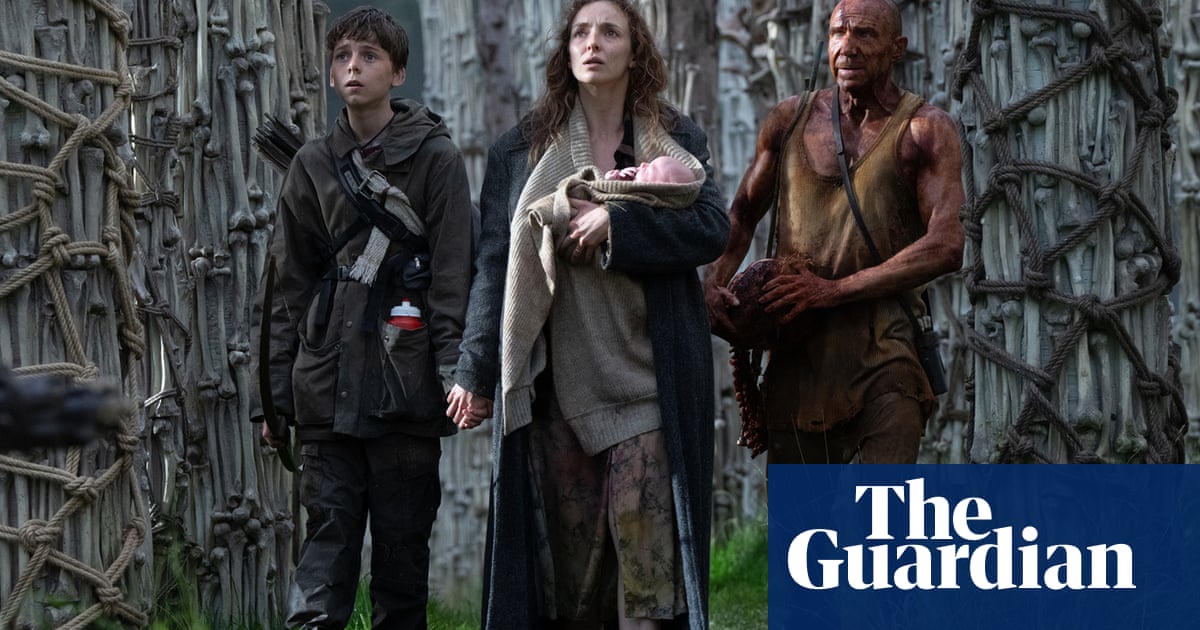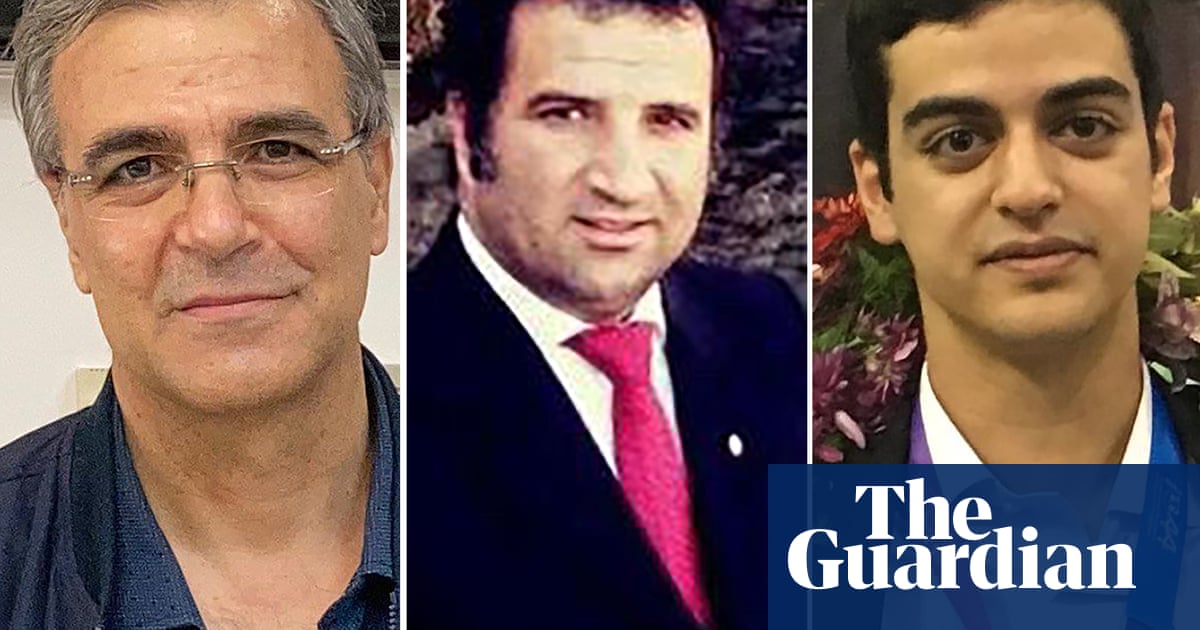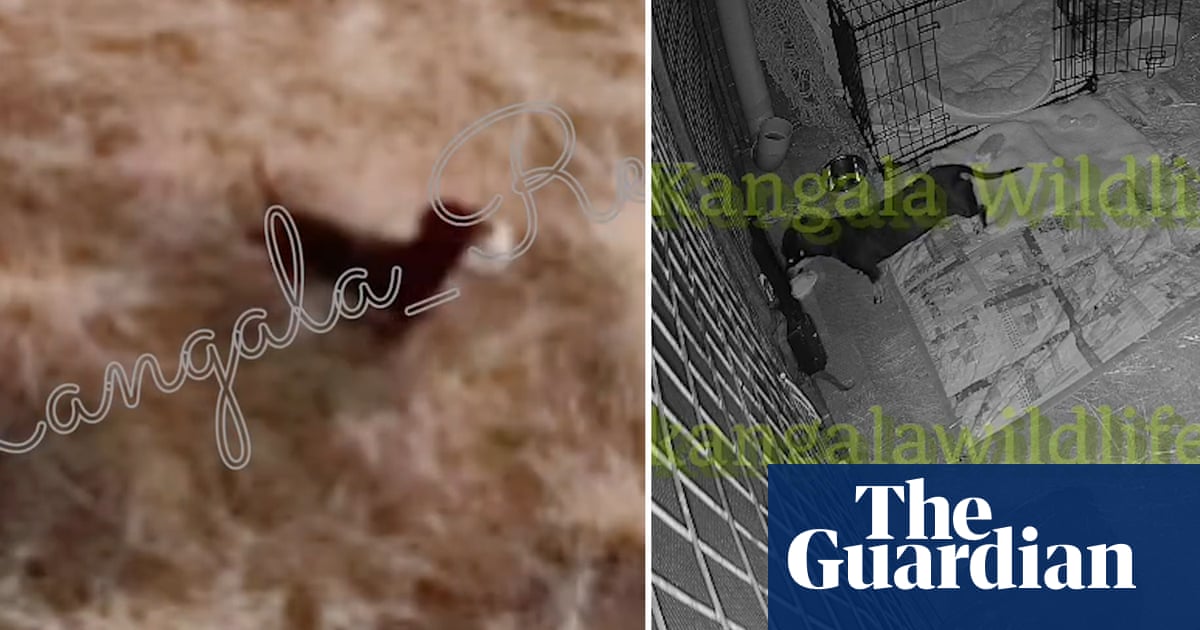Alex Sinunu was used to surfing three or four times a week in Santa Monica Bay – after all, the beach was just a mile from his home and he could ride his bike there with his board. But ever since the megafires that swept through neighboring Pacific Palisades in early January, the ocean has been filled with ash, debris – and endless questions.
The massive blaze consumed thousands of homes and other structures, many of them on the edge of the Pacific coastline. Subsequent rainstorms sent tons of debris washing into the ocean, turned the water brown and raised fears about the toxins that could be coming from all the charred remains of buildings and cars – including asbestos, lithium-ion batteries and plastics.
There is also no single authority in charge of maintaining ocean health, which has made informing the beach-going public a challenge, and created lingering uncertainty about when it’s safe to get back in the water.
In a city where surfing is a way of life, waiting for the all-clear has been agonizing. Sinunu is part of a local surfing group called the Surfcats, and they are feeling the pain of staying away. The ocean is so close, yet so far. “It would be like living in Mammoth and not being able to ski in winter,” he says, referencing the famous ski town in the California mountains.
It’s not just the debris that washes up on the shore. Sinunu is also concerned about what lurks in the waves. “My concern is melted Tesla juice,” he says. “There’s just God knows what’s in the water. I’m looking for some data.”
He and other surfers have been travelling far and wide in search of safer waters to paddle out to – he’s been driving north to Malibu or south to Manhattan Beach to get his fix, with others venturing as far as Ventura, some 60 miles (97km) away.
The surf group is exploring other options to get an outdoor thrill – they are discussing pickleball, and some of them go skateboarding. But it’s not the same, and a depression has settled over the group. “We identify as surfers, and I have a surfboard on my wall, and that’s our vibe.”
‘Uncharted territory’
After months of questions, there are now glimmers of optimism. This week, local non-profit Heal the Bay released a report showing the results of ocean samples at 10 sites along the length of Santa Monica Bay, which sits just below the Palisades neighborhood. They show that immediately after the fires, the water quality was better than expected – but there could still be risks to marine mammals, fish and other creatures in the food chain.
Heal the Bay staff scientists and a regional water agency tested the ocean for 116 known pollutants at multiple sites in January and February. They found elevated levels of only a few pollutants: beryllium and PAHs, both associated with burned vegetation. They were both below the limits set for human health.
The news is welcome to the beach community. Sharon Schaffer, the first Black woman to become a pro surfer, looks out on the beach in front of her house in Playa del Rey on a recent March day. The beach looks vacant: no surfers, no volleyball players. “Beach life has ceased in LA,” she says, “and for someone like me, the beach is my life.”

“The fact that I’ve been unable to surf this year locally, except for one sitting, is very traumatizing,” she says. “The only way I get to serve is if I travel out to surf, and that is very stressful and depressing.”
Schaffer decided to go out one day to surf in front of her home in February; even though the water was brown and there was debris floating, she couldn’t stop herself from catching a few good waves. But the next day, she says, she felt very sick with flu-like symptoms.
Dylan Sohngen, surf program director with the Aqua Surf school, says he has moved all lessons further south on Santa Monica Bay, where there are more assurances about the water quality. He was frustrated by the lack of clear safety guidelines and visible cleanup efforts over the past two months.
“This is totally uncharted territory,” he says. “There isn’t a single authority on what to do about when you can go in the water. There’s not a lot of certainty being given to when it will be quote-unquote safe.”
When will it be safe?
It’s true that there’s no precedent for this situation, says Tracy Quinn, the CEO of Heal the Bay. For example, there are no existing protocols for what contaminants to test – and how to test them – after an urban wildfire.
The myriad of unknowns made the process challenging. There was no research done before the fires to establish baseline levels of pollutants like heavy metals in the ocean, nor are there levels determined by public health officials for what is safe for recreation. There was existing guidance for pollutant levels in local fish for eating, and for drinking water – “but it’s not likely that you’re drinking 64 ounces of ocean water”, Quinn says.
Heal the Bay had to come up with their own methodology. They pinpointed 116 heavy metals to test – including lead, arsenic and zinc, as well as PAHs and PCBs – a group of chemicals banned in 1979 for toxicity that still exist in old coolants, lubricants and insulating materials.
The group is still trying to understand all the results. Quinn says they saw the highest concentrations near the burn zone, but there were also surprising spikes at other locations, like the Santa Monica pier, 6 miles south of the burn area, and at Dockweiler Beach, 10 miles south on the coastline.

Part of the problem is that debris is still washing into the ocean from 300 houses located right on the beach in the Palisades and Malibu. Those houses burned and fell onto the beach – and homeowners of 145 of them have either not opted in to the cleanup, or expressly opted out, Quinn says.
So is it safe to go back to the beach for a day of surfing, boogie boarding, swimming or digging? The answer isn’t straightforward, Quinn says. “We can’t be definitive, but I would say we are cautiously optimistic for now,” she says, adding: “The general use of the beach is fine,” but she cautions that beachgoers should watch out for sharp, fire-related debris like nails and should never touch any debris with bare hands.
Despite the remaining questions, surfers are hopeful. Sohngen says he has a lot of faith in the resiliency of the ocean and the beach, and that the bay has been generally vibrant, considering it sits so close to a mega region of 10 million people. “We are lucky to have this amazing ecosystem so close,” he says.
The danger isn’t over yet, though, and the tests showed troubling signs for the greater ecosystem. Eight heavy metals, including lead and copper, were found to be above limits for marine animal health. Those contaminants can move around the food web and affect everything from microorganisms to sea lions.
Heal the Bay’s Quinn says that climate-linked events are becoming more likely, and she hopes the lessons here will help other communities in the future. “We weren’t the first, and we certainly won’t be the last community to deal with this,” she says.
Sinunu says he’s heartened by the news of the test results, but he’ll wait a few more weeks before getting back in the water close to his home – just to be safe. In the meantime, he’s been reading books and trying to find other activities, but none of them scratch the same itch in his brain. “Surf gear, surf shops, driving to the surf, talking about it,” he says, “surfing culture is a big part of life here.”

 2 months ago
46
2 months ago
46

